Let’s be honest about something that many dog lovers find themselves whispering about in hushed tones at dog parks: some breeds just seem to march to the beat of their own drum when it comes to house training. While every dog is an individual and success stories abound, certain breeds have earned a reputation for turning the simple act of going potty outside into what feels like an Olympic sport.
You’re not alone if you’ve found yourself questioning your sanity at 3 AM, cleaning up yet another accident from your beloved companion. Some dogs seem to have their own ideas about where bathroom business should be conducted, and no amount of treats or praise can immediately convince them otherwise. The truth is, these breeds aren’t being difficult out of spite – they’re often displaying the very characteristics that made them valuable working dogs for centuries.
The Yorkshire Terrier: Small Package, Big Attitude
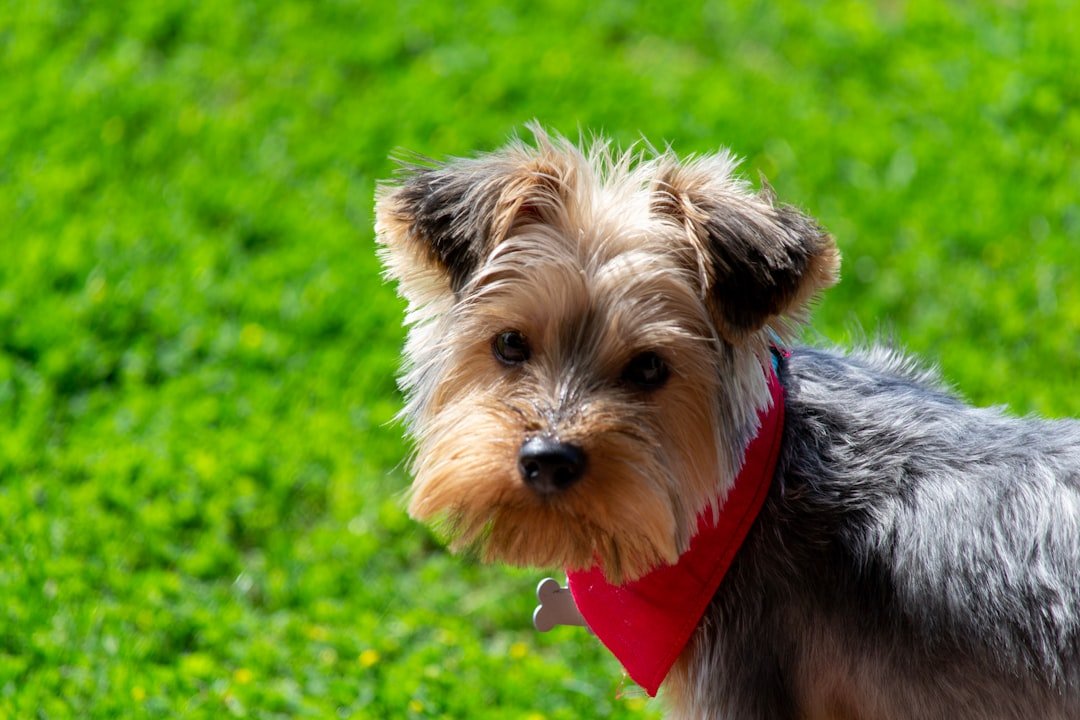
Yorkies may have a stubborn streak when it comes to housebreaking, and they often face stubborn housebreaking challenges and may develop marking behaviors indoors. These tiny terriers pack enormous personalities into bodies that typically weigh between 4-7 pounds.
While Yorkies are known to be confident, stubborn, and even feisty, they are NOT as difficult to potty train as people make them out to be. Sure, Yorkies tend to have a “fearless,” bossy attitude which can make housebreaking challenging. Their small bladders require frequent trips outside, and a pawblem is that a Yorkie’s marks or pee-pee are typically so small that they can be easily ignored by their humans.
The key with Yorkies lies in understanding their terrier mentality – they believe they’re running the show, and house training becomes a negotiation rather than a simple command-and-obey situation.
The Jack Russell Terrier: Energy and Independence Combined
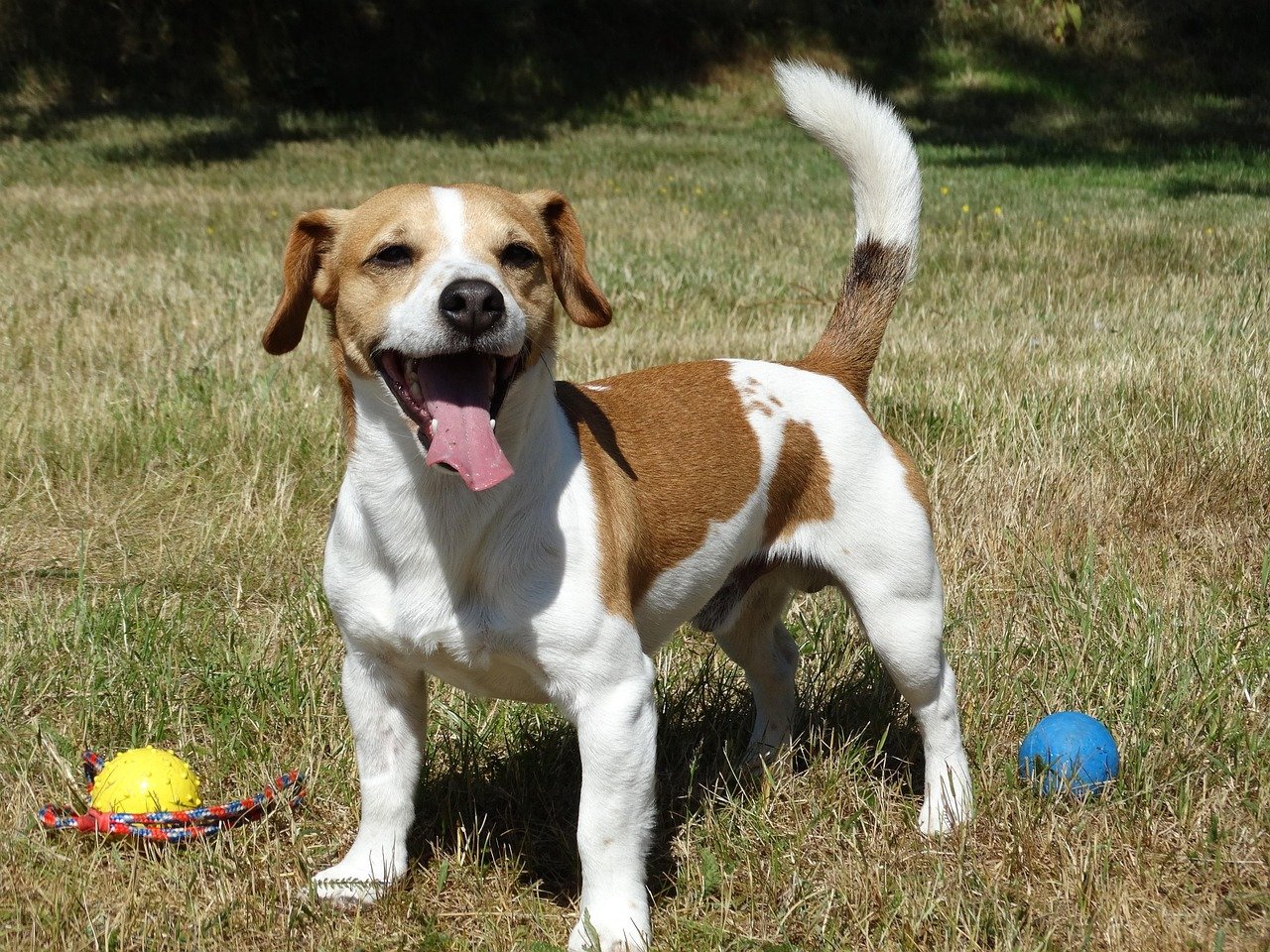
The Jack Russell Terrier: Energy and Independence Combined (image credits: pixabay)
“Of all of the terrier breeds, the Jack Russell is, hands down, the most difficult to housetrain,” according to MedNet Direct, who says, “Jack Russells can be some of the most stubborn dogs out there”. These pocket rockets were bred to think independently while hunting foxes underground, which translates to a dog who questions every house rule you establish.
Jack Russells possess an almost supernatural ability to find the one spot in your house you forgot to supervise. Their high energy levels mean they’re often too busy exploring and investigating to remember mundane things like designated potty areas.
Their intelligence works against you here – they’re smart enough to understand what you want but independent enough to decide whether they agree with your rules.
The Dachshund: Low to the Ground, High in Stubbornness
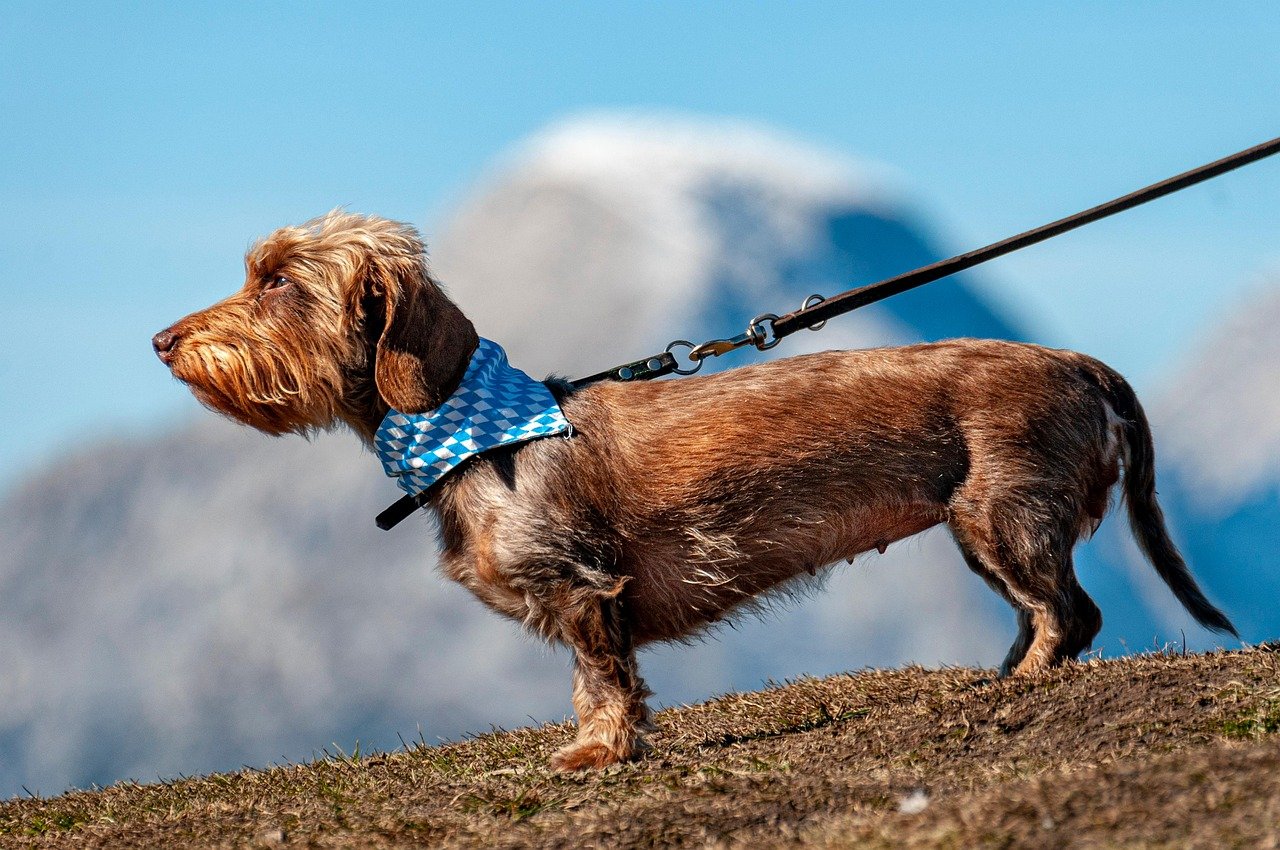
Dachshunds can be a stubborn breed, and although they are clever, “they tend to get defensive when they are pushed to do something they do not want to do. These sausage-shaped comedians have perfected the art of selective hearing when it comes to house training commands.
Originally bred to hunt badgers in underground tunnels, Dachshunds developed an independent mindset that served them well in cramped, dark spaces where human guidance wasn’t possible. This translates to a modern pet who often believes they know better than you about bathroom etiquette.
Their low-slung bodies also make them sensitive to weather conditions, leading many Dachshunds to decide that indoor bathroom facilities are far more civilized than venturing outside in rain, snow, or even a particularly strong breeze.
The Afghan Hound: Beautiful but Independently Minded
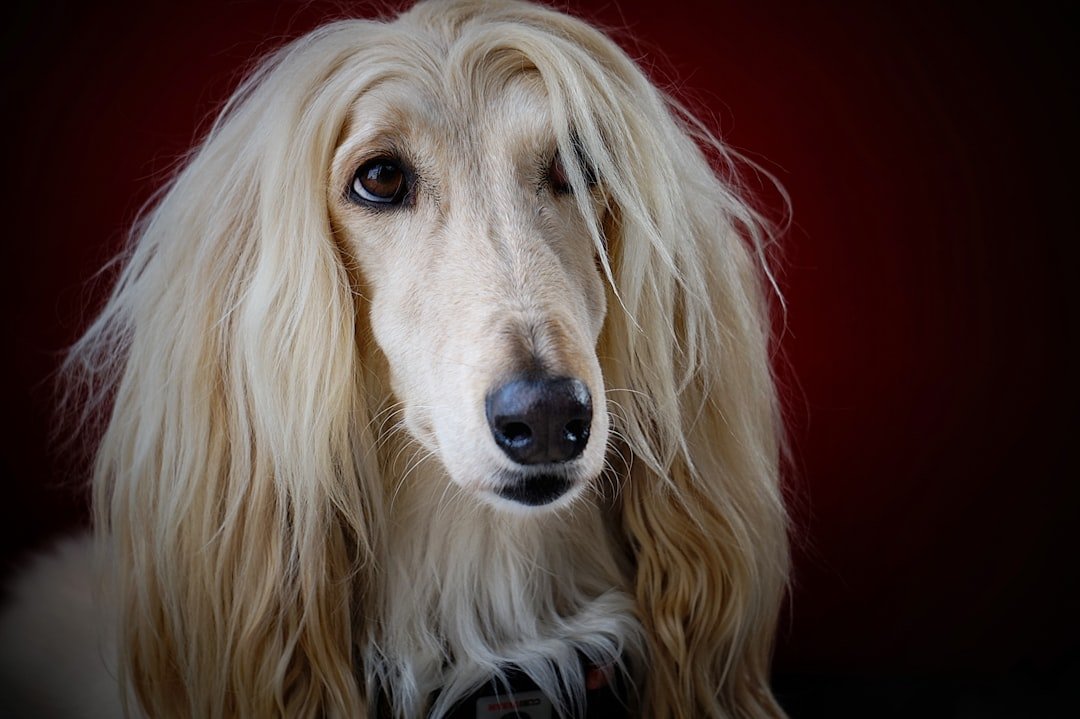
The reason why the Afghan Hound is considered the least intelligent dog breed is because they scored so poorly in obedience. They were only able to obey the first command they were given approximately 25% of the time. This means they are considered very self-willed. These elegant sighthounds weren’t bred to please humans – they were bred to think for themselves while hunting in harsh Afghan terrain.
Despite their friendly temperament at home, Afghan Hounds are quite independent, distrustful of strangers and somewhat stubborn when it comes to training. Their flowing coats and regal bearing might make them look like canine royalty, but their bathroom habits can be decidedly un-royal.
Afghan Hounds often approach house training with the same aloof dignity they bring to everything else in life. They’ll look at you with those soulful eyes as if to say, “I understand what you want, but I’ll get to it when I’m ready.”
The Borzoi: Russian Nobility with Attitude
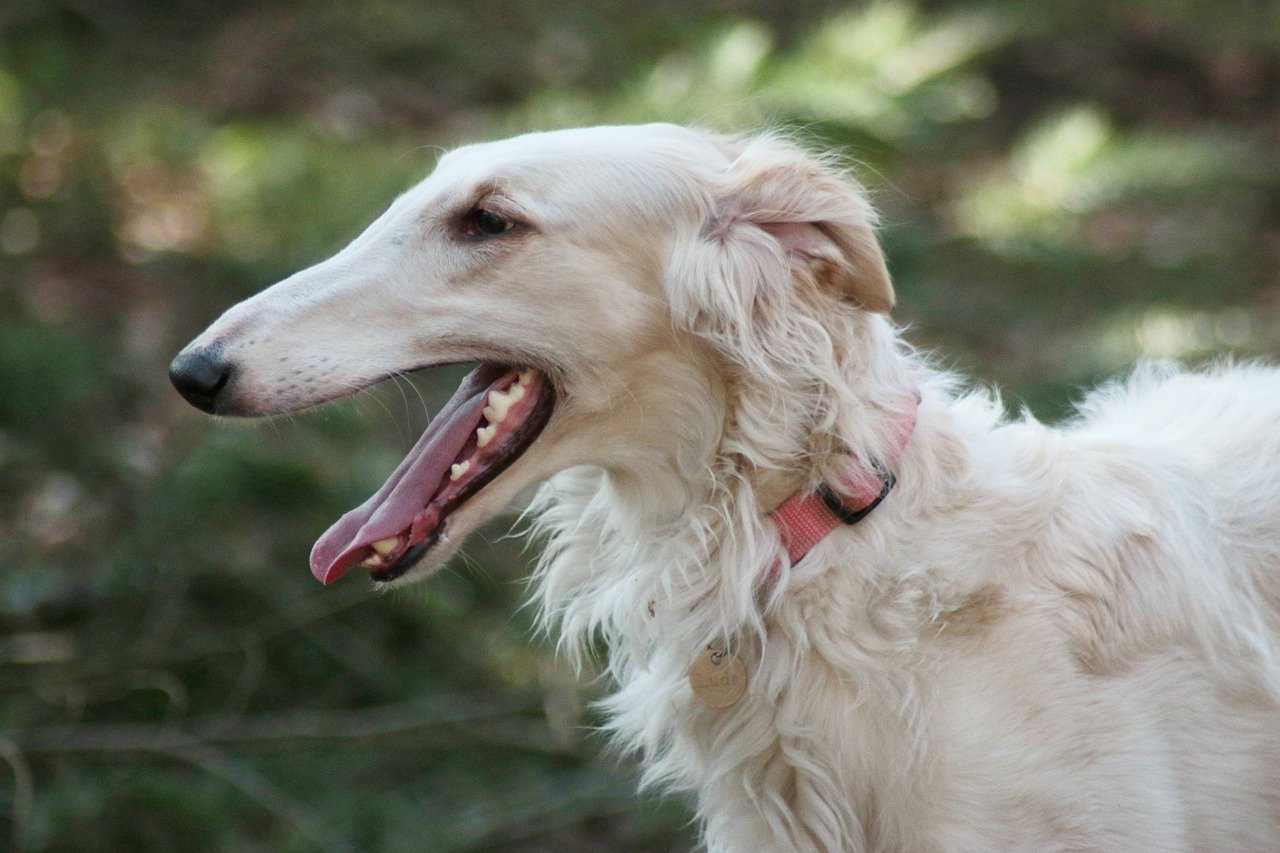
Though smart, they’re not known for their obedience – a trait that comes from the need to make decisions while on the hunt. A patient, experienced dog owner is best for this stubborn, yet sensitive, breed. These Russian sighthounds were bred to hunt wolves for the Tsars, developing an independent streak that’s both impressive and frustrating.
Borzoi have to make quick calculated decisions on the fly to catch their prey. This is partially why people describe them as cat like – independent hunters that can be tricky to train. Their house training approach reflects this hunting heritage – they’ll evaluate the situation on their own terms rather than simply following your schedule.
Training takes patience as Borzoi sometimes feel that it isn’t worth their while. They are clever, but sensitive, and they have a natural respect for humans and require calm, gentle handling.
The Beagle: Nose-First, Rules Second
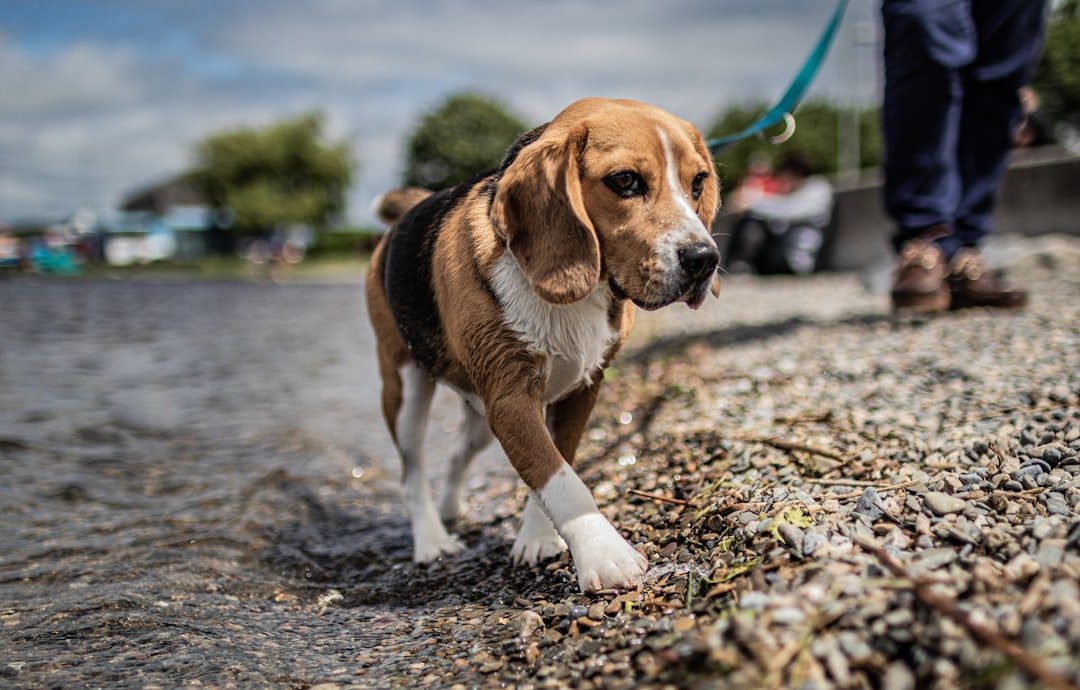
Beagle temperament is strongly influenced by the genetic heritage received from their hound ancestors. Their years of training as hunting dogs also greatly influence this nature. The result is often a stubborn dog with a strong streak of individuality. Beagles can make great companions, but their stubbornness and independence can make them difficult for some guardians.
Scent Hounds have a one track mind. They forget all about eliminating as soon as they pick up the scent of a squirrel or a rabbit and never stop chasing until they lose the trail. This single-minded focus on scents means that house training schedules often take a backseat to whatever interesting smell has captured their attention.
Beagles live in a world of fascinating odors that we can’t even imagine. Asking them to focus on mundane bathroom schedules when there’s a whole symphony of scents to investigate is like asking a music lover to ignore a concert happening next door.
The Shih Tzu: Charming Their Way Out of Rules
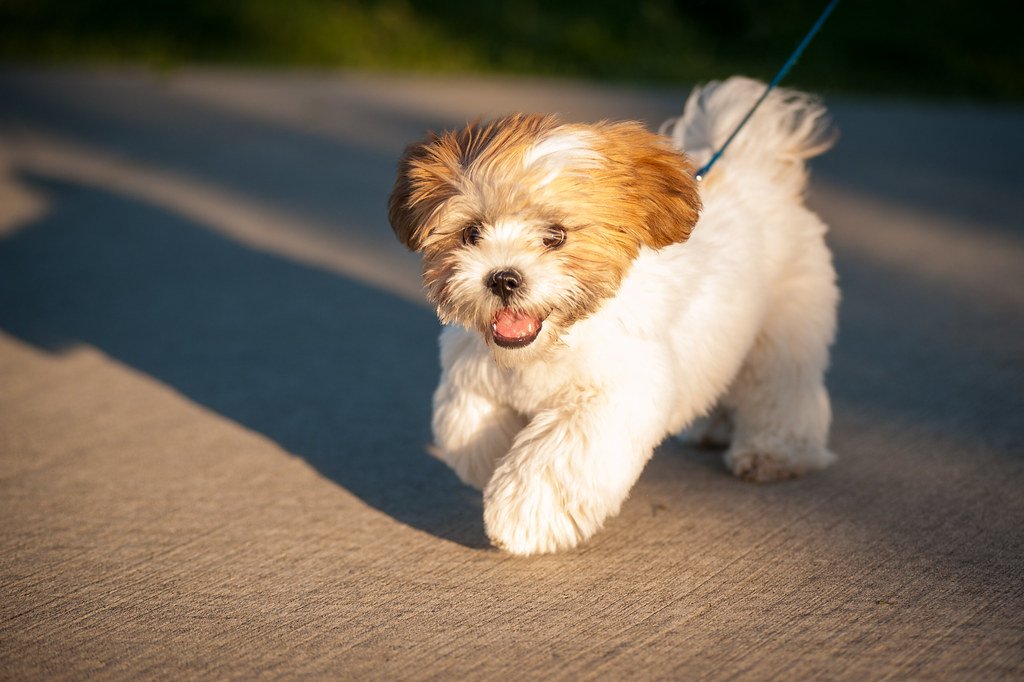
“Training a Shih Tzu can be both an amusing and a frustrating experience,” according to the AKC, who says, “The breed tends to charm his owner into letting him have his own way, which can result in a chubby, less-than-completely-housebroken pet who is difficult to groom”. These little charmers have mastered the art of being so adorable that owners often forget to maintain consistent house training rules.
Shih Tzus were bred to be companion dogs for Chinese royalty, which means they expect certain privileges that ordinary dogs might not demand. In their minds, being expected to go outside in inclement weather is beneath their station.
Their long, flowing coats can also make outdoor bathroom trips less appealing, especially when wet grass and mud threaten their carefully maintained appearance. Many Shih Tzus seem to view house training as a suggestion rather than a rule.
The Pug: Stubborn Sweethearts
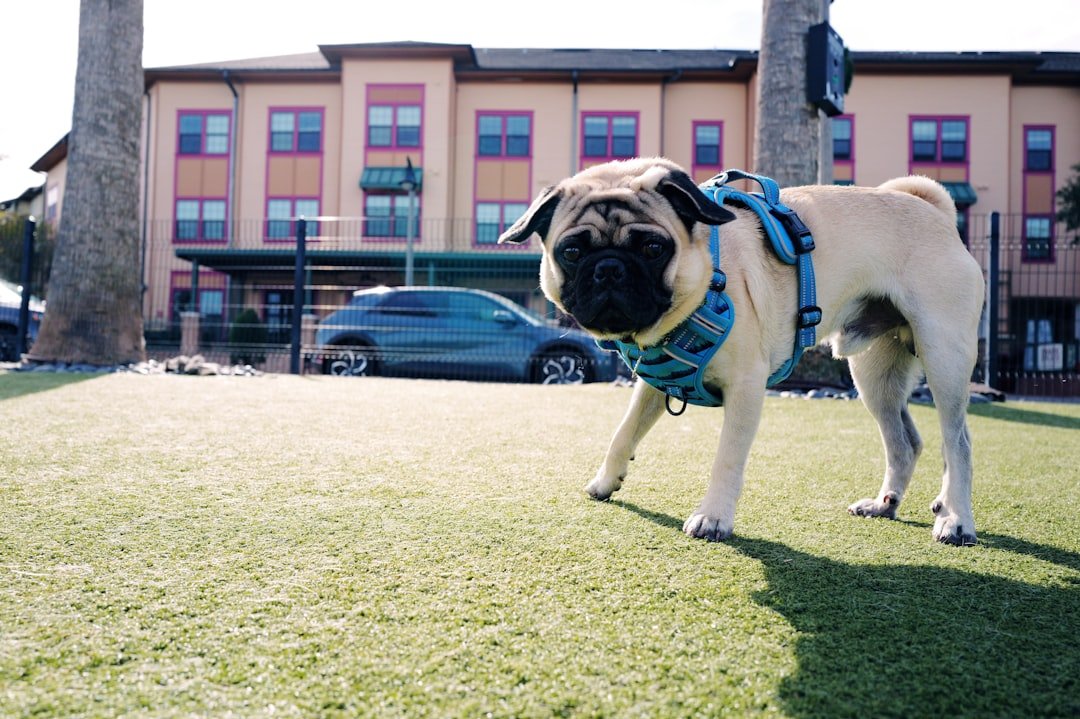
“Pugs “can be stubborn and difficult to housebreak,” but “although these pups have a stubborn side, especially when it comes to house training, they’re playful, affectionate dogs who will get along well even with novice pet parents”. These wrinkled comedians combine an independent streak with a tendency toward laziness that can make consistent bathroom schedules challenging.
Pugs were bred to be companions to Chinese emperors, which gave them a somewhat entitled attitude toward life’s basic requirements. They often approach house training with the philosophy that if it’s not immediately convenient or comfortable, it can probably wait.
Their flat faces also make them sensitive to extreme temperatures, leading many Pugs to decide that indoor bathroom facilities are preferable to uncomfortable outdoor conditions.
The Pomeranian: Tiny Tyrants
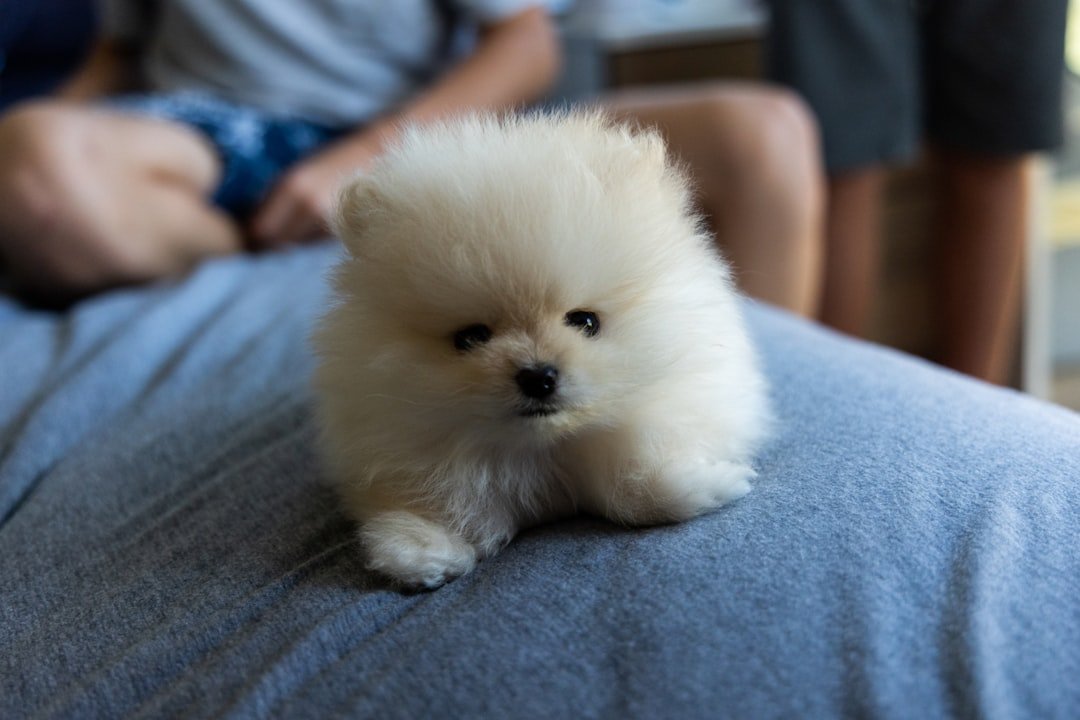
MedNet Direct says that although Pomeranians love pleasing their owners, “their personalities can make them hard to train. When you combine that with extra small bladders that can’t hold it for long, it makes training even harder.” The AKC says: “Housebreaking can be a challenge, so consistency and patience are key”.
These fluffy little Napoleon complexes often believe they’re much larger and more important than their actual size suggests. Small breeds such as French Bulldogs are harder to potty train so you need to work extra hard with them, and Pomeranians exemplify this challenge.
Their tiny bladders require frequent bathroom breaks, but their big personalities often conflict with the idea that they should follow anyone’s schedule but their own. Many Pomeranians seem genuinely surprised that humans expect them to venture outside for such mundane purposes.
The Siberian Husky: Independent Arctic Spirits
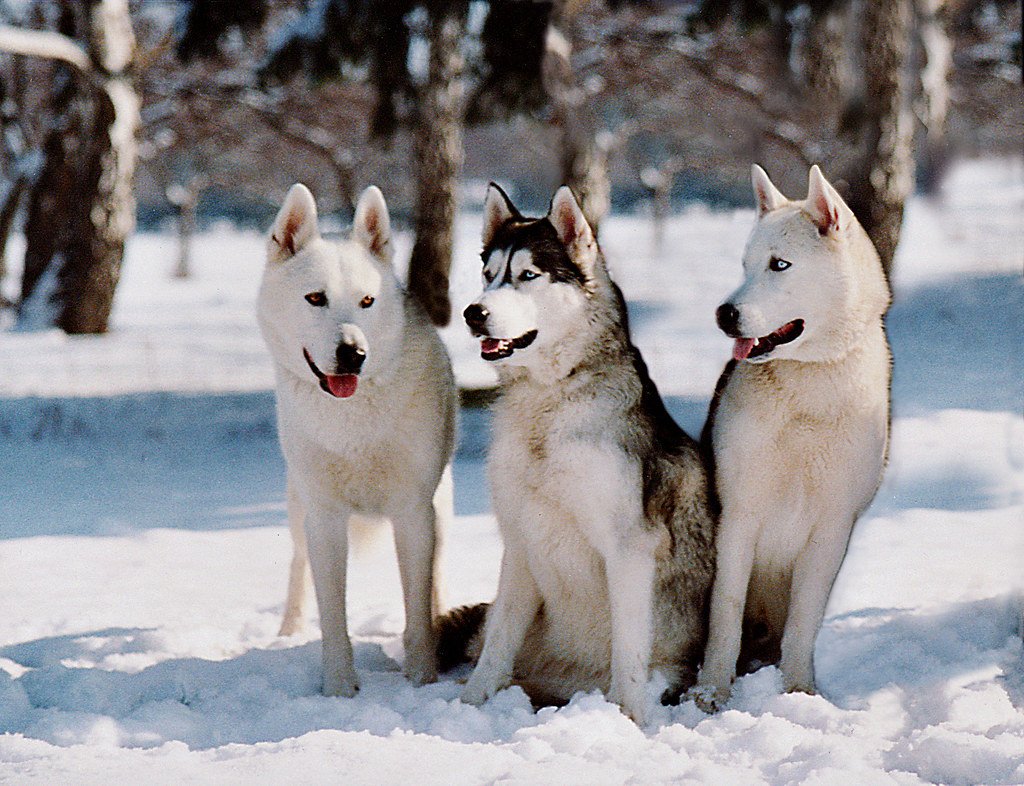
Several studies and experts have confirmed that Huskies are indeed one of the most stubborn dogs in the world. These dogs have short attention spans that frequently lead to temper tantrums. Thus, your Husky might need regular exercises and rewards. These Arctic athletes were bred to make independent decisions while running sled teams across frozen wilderness.
Siberian Huskies are excellent escape artists with very vocal characters, making them unsuitable for first-time dog owners. Their independence extends to every aspect of life, including bathroom schedules. Huskies often approach house training as just another rule made by humans who clearly don’t understand the natural order of things.
Their high energy levels and intense focus on escape and exploration mean that stopping for scheduled bathroom breaks often seems like an unnecessary interruption to their grand adventures. Many Huskies seem to view house training as a temporary inconvenience rather than a permanent lifestyle change.
Building Success Despite the Challenges
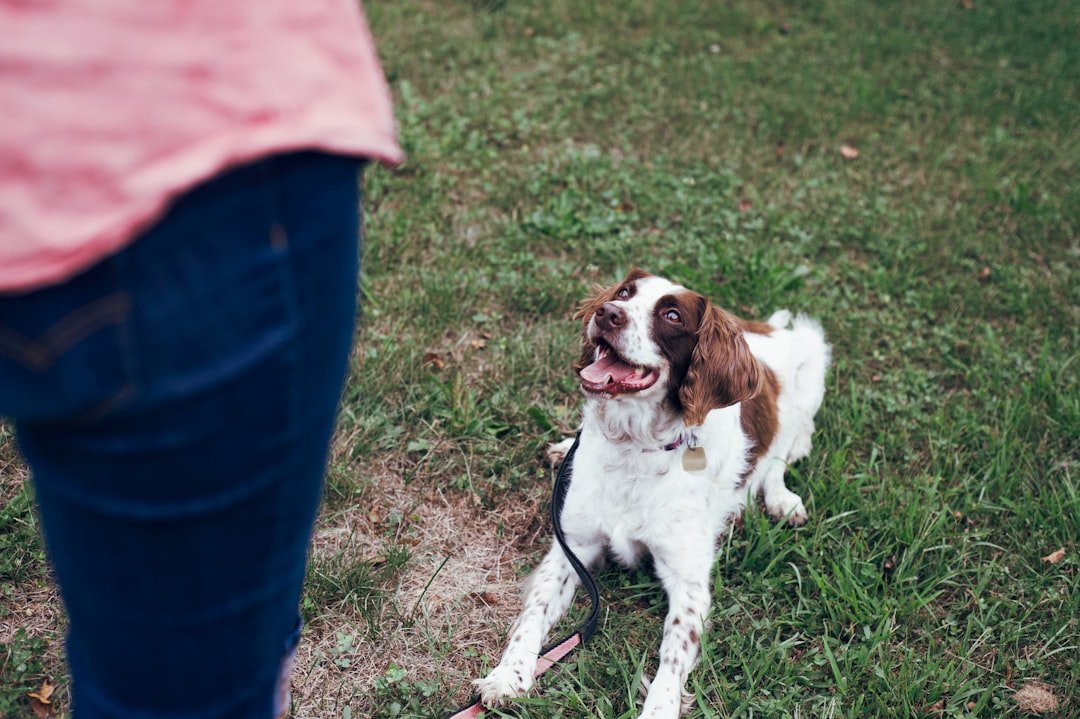
The breeds we’ve explored aren’t impossible to house train – they simply require different approaches than the eager-to-please Golden Retriever or the handler-focused Border Collie. Patience, Persistence and Consistency are the keys to successfully training these difficult dog breeds.
The most essential aspect of potty training a stubborn dog is sticking to a schedule. If you have a strong-willed dog breed used to eating and napping on their own schedule, this leads to them assuming they can do whatever they like, whenever they choose. Devising a schedule will help you get your dog’s bathroom times under control.
Understanding your dog’s original breeding purpose helps explain their resistance to conventional house training methods. These breeds weren’t developed to constantly check in with humans for approval – they were bred to think independently and make their own decisions. Success comes from working with their natural instincts rather than against them, using patience, consistency, and sometimes a healthy dose of humor when things don’t go according to plan.
What’s your experience been with stubborn house training? Sometimes the most challenging dogs teach us the most about patience and creativity.

Born and bred in South Africa, a Capetonian at heart. Amy-Leigh’s love for nature and animals was inherited from her Dad. He loves taking the family on road trips to experience nature at its finest; Amy-Leigh’s favourite being whale watching in Hermanus and spotting Kudu along the West Coast. Amy-Leigh holds a BA in English Literature and Communication Studies.





